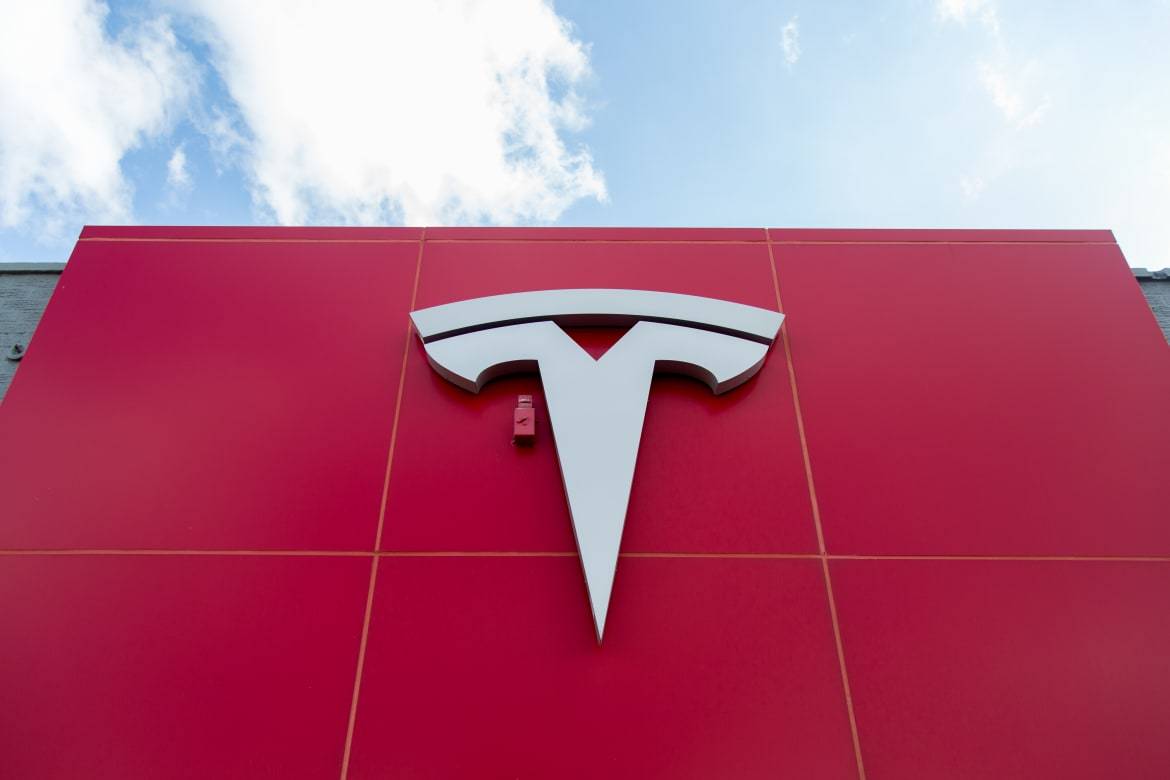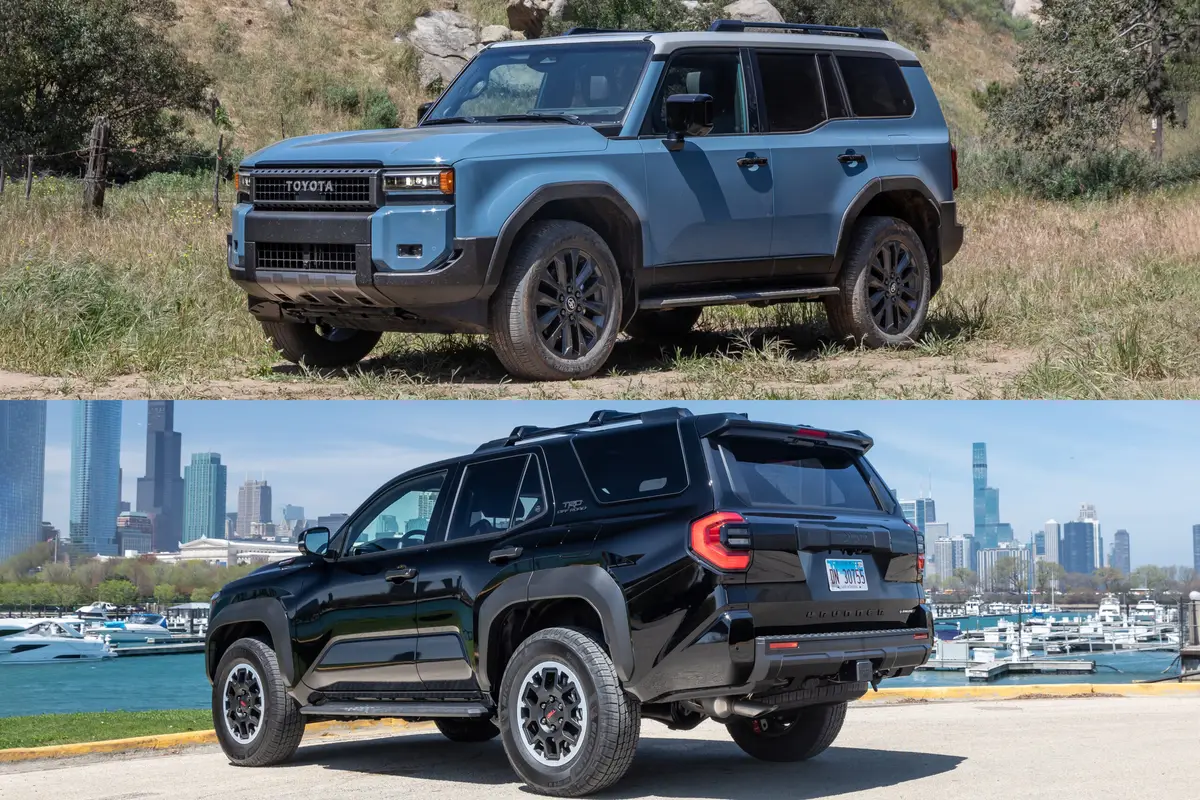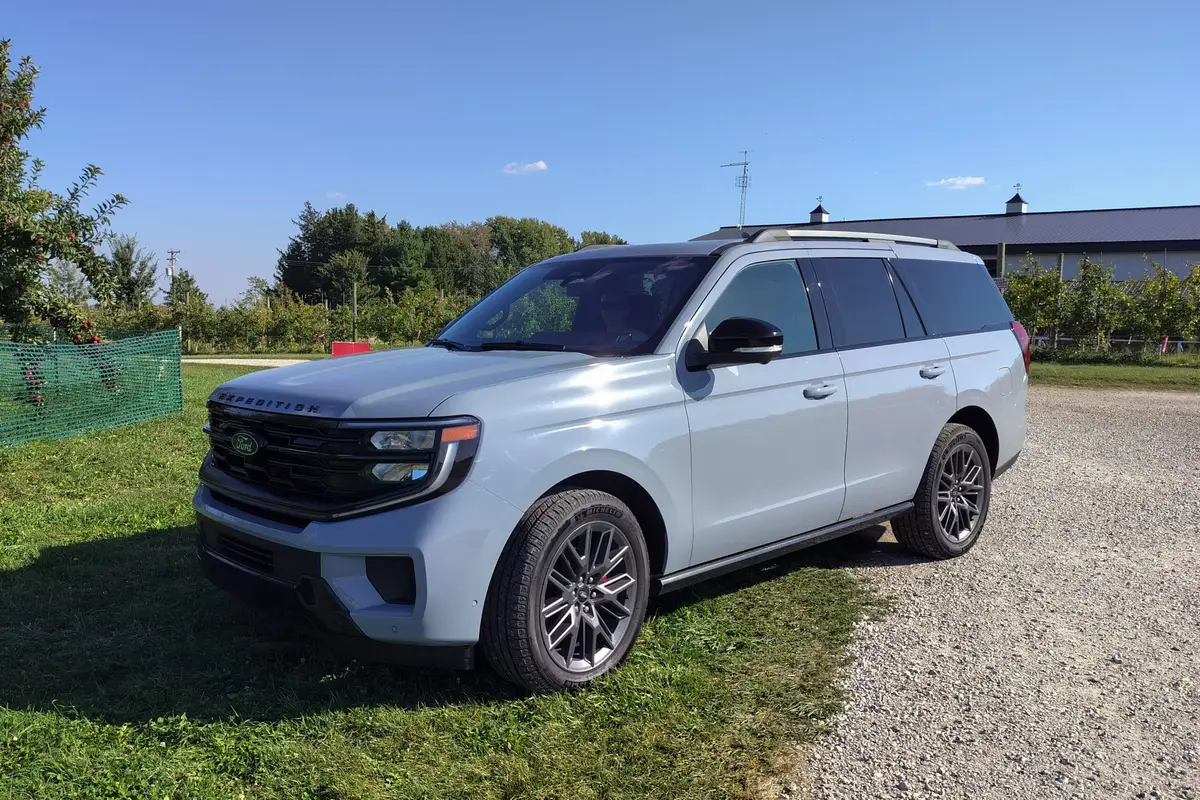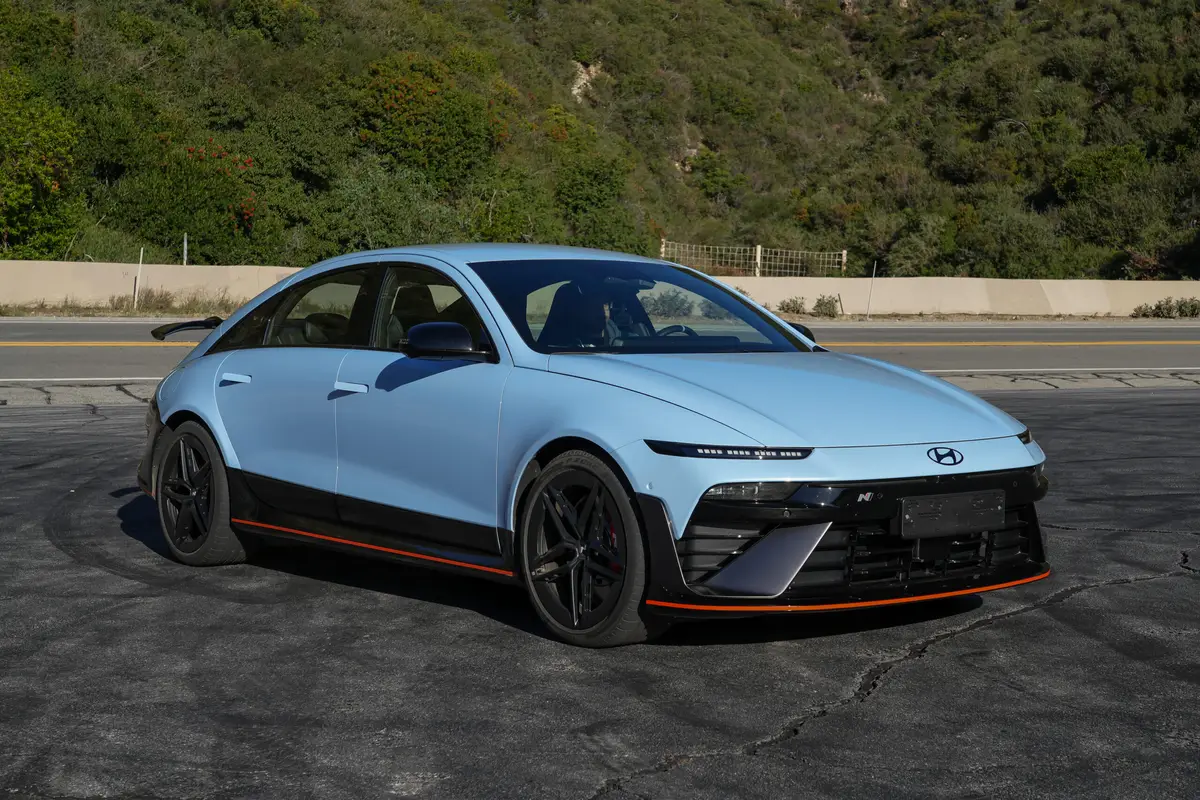Tesla Adds Self-Drive to Its Entire Lineup

CARS.COM — Tesla Motors is installing full self-driving capability in every vehicle it builds from now on, except it’s not entirely clear when customers will actually be able to fully use this high-tech hardware.
Related: Tesla Autopilot: First Test
The Silicon Valley-based automaker announced that every example of the Model S luxury sedan, Model X SUV and upcoming $35,000 Model 3 sedan will have autonomous driving baked into his mechanical and computational DNA. However, the Level 5 autonomous driving capability will be dormant until further testing can be done to make certain the cars are deemed safe and compliant with any legislation.
Level 5 self-drive is the holy grail of driverless automotive tech, the point when a car will steer, brake and accelerate completely free of human input. It also happens to be the highest level of self-drive system detailed in the National Highway Traffic Safety Administration’s first guidelines for the testing and introduction of such vehicles.
Elon Musk, Tesla’s founder and CEO, used his Twitter account to delay this announcement by two days, to Oct. 19 at 5 p.m. PST. Never one to shy away from the social media spotlight, immediately following the announcement regarding Tesla’s plans for self-drive systems, Musk again used his active Twitter account handle to explain he would be posting “… video of a Tesla navigating a complex urban environment shortly. That was what took the extra couple of days.”
As for installing fully autonomous driving capability across its lineup, Tesla’s press release detailed the hardware changes in store for all three of its vehicles. This includes the installation of eight surround-view cameras to provide 360-degree visibility at a range of up to 250 meters. No fewer than 12 “updated ultrasonic sensors,” said to be capable of detecting both “hard and soft objects at nearly twice the distance of the prior system” will be fitted, too. Lastly, an improved forward-facing radar system “provides additional data about the world on a redundant wavelength, capable of seeing through heavy rain, fog, dust and even the car ahead.”
All new Tesla vehicles will also include a new onboard computer with what the company says is 40 times the processing power of the previous version.
Why should I care? Tesla Motors is officially all in when it comes to self-driving tech. Despite high-profile accidents related to its current Autopilot system, not to mention legal issues in Germany pertaining to the potentially misleading nature of the Autopilot name itself, Tesla is not backing down from its push toward a driverless future.
That seems like good news, especially if you’re one of the approximately 400,000 people currently on the waiting list for the upcoming Model 3 sedan. First deliveries are scheduled for late 2017. Via his Twitter account (typically), Musk confirmed that new orders taken for the Model 3 won’t be filled until the end of 2018, or later.
A lengthy waiting list appears to be a great problem to have for any automaker, except Tesla’s Model X saw its on-sale date pushed back nearly 18 months before the first deliveries were made in September 2015. With Tesla’s bold plan to sell approximately 500,000 vehicles by 2018 — about five times its current volume — fears persist about whether the company can meet its own ambitious timeframe.
Even stranger is the fact that all of these improvements will be included, though no timeframe has been given as to when Tesla owners will get the green light to fully use their self-driving hardware. Buried in the Tesla press release is an even more alarming fact: These new Level 5 autonomous drive models will lack certain safety features now standard on Model S and Model X vehicles with first-generation Autopilot. These missing items include “automatic emergency breaking, collision warning, lane holding and active cruise control,” according to Tesla. Cars will be updated over the air as these safety features, along with new ones, are “robustly validated.”
Come to think of it, giving up current safety features for the promise of improved technology at some indeterminate point down the road might not be the news many of those 400,000 Model 3 owners wanted to hear.
Featured stories



